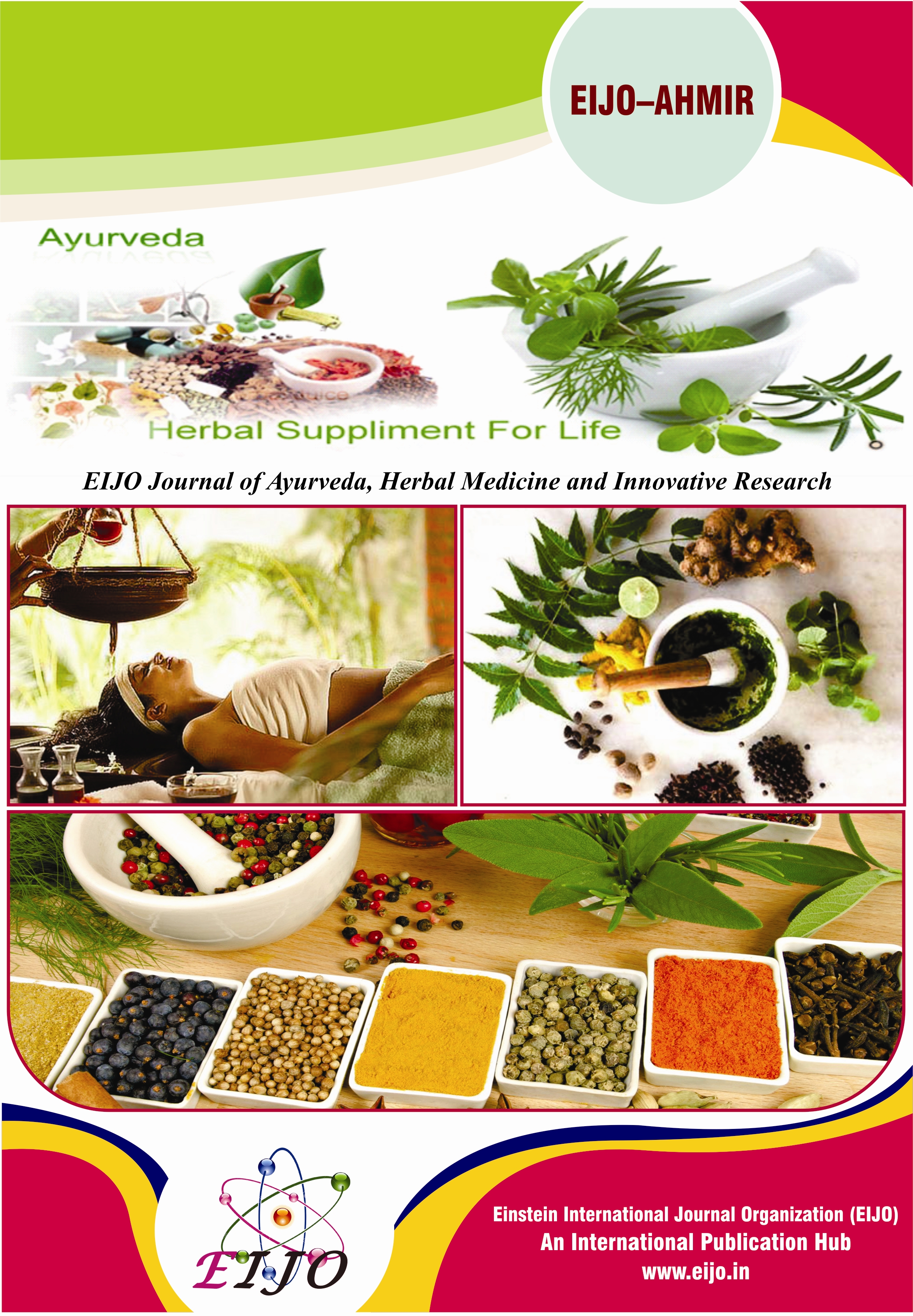JOURNALS || EIJO Journal of Ayurveda, Herbal Medicine and Innovative Research (EIJO – AHMIR) [ ISSN : 2456 - 530X ]
Abstract
Artificial intelligence's field of natural language processing (NLP) uses information technologies to analyze and partially interpret human language for use in a variety of applications. Recent advancements in deep neural network technology are being used in this field to extract pertinent patterns from massive text corpora. This study's major goal is to examine how NLP has recently been applied to the study of pharmacology. As demonstrated by our work, pharmacology can benefit greatly from the information extraction and processing capabilities of NLP. It has been employed widely, from conducting intelligent searches across many medical documents to locating evidence of antagonistic medication interactions via social media. To examine contemporary NLP methods, frequently performed jobs, pertinent textual data, knowledge bases, and helpful programming libraries, we divided our coverage into five categories. We break down each of the five categories into the proper subcategories, discuss their key characteristics and concepts, and then present a tabular summary of them. The study that results offers a thorough overview of the field that is helpful to experts and interested by standers.
Keywords: A.I. NLM. Data.
References
- Chen Q, Leaman R, Allot A, Luo L, Wei CH, Yan S, Lu Z. 2021b. Artificial intelligence in action: addressing the COVID-19 pandemic with natural language processing. Annual review of biomedical data science. 4:313–339.
- Chen R, Liu X, Jin S, Lin J, Liu J. 2018. Machine learning for drug-target interaction prediction. Molecules. 23:2208.
- Chiaramello E, Pinciroli F, Bonalumi A, Caroli A, Tognola G. 2016. Use of “off-the-shelf” information extraction algorithms in clinical informatics: A feasibility study of MetaMap annotation of Italian medical notes. Journal of biomedical informatics. 63:22–32.
- Ciccarese P, Ocana M, Clark T. 2012. DOMEO: a web-based tool for semantic annotation of online documents. Bio-Ontologies 2011.
- Coleman J, Coleman JS. 2005. Introducing speech and language processing. Cambridge university press. Conneau A, Khandelwal K, Goyal N, Chaudhary V, Wenzek G, Guzman F, Grave ´ E, Ott M, Zettlemoyer L, Stoyanov ´ V. 2020.
- Unsupervised cross-lingual representation learning at scale. In: Proceedings of the 58th Annual Meeting of the Association for Computational Linguistics. p. 8440–8451.
- Cunha AM, Belloze KT, Guedes GP. 2019. Recognizing pharmacovigilance named entities in Brazilian Portuguese with CoreNLP. In: Anais do XIII Brazilian e-Science Workshop. SBC. p. 76–79. Dara S, Dhamercherla S, Jadav SS, Babu C, Ahsan MJ. 2022.
- Machine learning in drug discovery: a review. Artificial Intelligence Review. 55:1947–1999.
- Deftereos SN, Andronis C, Friedla EJ, Persidis A, Persidis A. 2011. Drug repurposing and adverse event prediction using high-throughput literature analysis. Wiley Interdisciplinary Reviews: Systems Biology and Medicine. 3:323–
- Demner-Fushman D, Chapman WW, McDonald CJ. 2009. What can natural language processing do for clinical decision support? Journal of biomedical informatics. 42:760–772.
- Dernoncourt F, Lee JY. 2017. PubMed 200k RCT: a dataset for sequential sentence classification in medical abstracts. In: Proceedings of the Eighth International Joint Conference on Natural Language Processing (Volume 2: Short Papers). p. 308–313.
- Devlin J, Chang MW, Lee K, Toutanova K. 2019. BERT: Pre-training of deep bidirectional transformers for language understanding. In: Proceedings of the 2019 Conference of the North American Chapter of the Association for Computational Linguistics: Human Language Technologies, Volume 1 (Long and Short Papers). p. 4171–4186.



